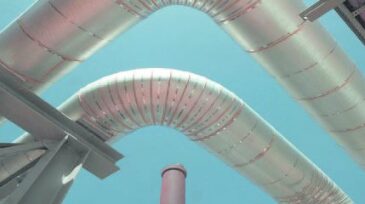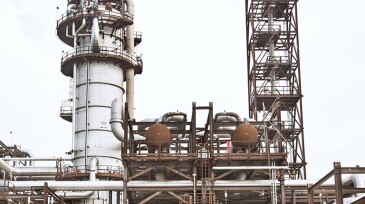Carbon capture and storage
Regulators pull from experiences in the oil and gas industry to define best stewardship practices for the nascent CCS industry.
EERC CEO Charles Gorecki outlines how applied research in North Dakota is helping improve oil recovery, reduce emissions, and advance carbon storage.
This article is the fifth in a Q&A series from the SPE Research and Development Technical Section focusing on emerging energy technologies. In this edition, Shantanu Agarwal, founder and CEO of Mati Carbon, discusses how the company’s approach to carbon removal led to winning the Musk Foundation’s XPRIZE in 2025.
-
New lease agreements have secured more than 700 million metric tons of potential CO2 sequestration capacity.
-
Storing captured carbon requires a receptacle, and existing reservoirs are just the thing. But which ones?
-
Stunningly ambitious plans to create global carbon capture and storage that rivals the scale of today’s oil and gas production will require a host of technical skills to determine if it is even possible.
-
The two companies will explore carbon capture solutions of various sizes over an initial 9-month evaluation period.
-
The new project will use EnLink’s existing pipeline infrastructure and Talos’ newly acquired 26,000-acre sequestration area.
-
The company believes its booking represents the industry's first to be made under SPE's CO2 Storage Resource Management System.
-
Denbury gains exclusive rights to develop the site on 75,000 acres near Mobile, Alabama.
-
The Gulf of Mexico explorer is building off its offshore learnings to scoop up early carbon capture and sequestrations projects on the US Gulf Coast.
-
SponsoredImprove decision making and reduce the uncertainty of CCS projects with accurate, detailed subsurface insights that help you estimate storage capacity, run play chance mapping, improve your injection strategy, and simulate carbon plumes over time.
-
The facility will be a commercial-scale CO2 sequestration hub in the DJ Basin.












